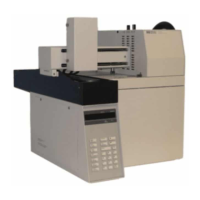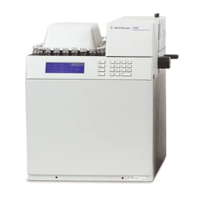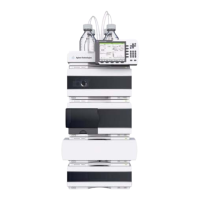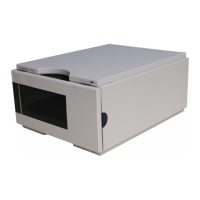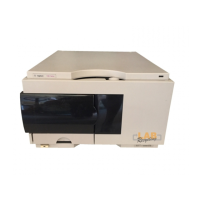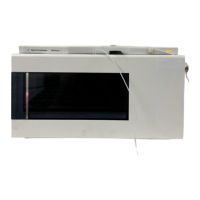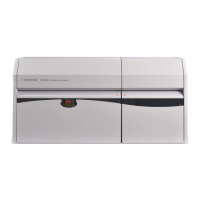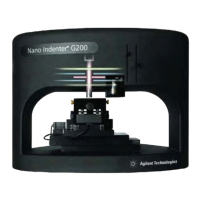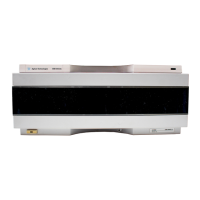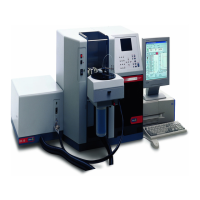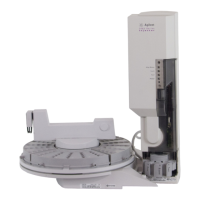69
Order online at www.agilent.com/chem/store
Inlets
Cool on-column injection is superior in many ways to other sample introduction
techniques. Advantages include:
• Elimination of sample discrimination.
• Elimination of sample alteration.
• Solvent focusing of early eluting solutes.
• High analytical precision.
Sample Considerations
Sample preparation is important for on-column injection because of:
• The potential for column overload, column contamination.
• The incompatibility of some solvents with the stationary phase.
• Dependence of the initial column temperature on the boiling point of the solvent.
Many of the problems associated with these variables can be resolved by using
a retention gap ahead of the analytical column.
Cool On-Column Inlets
Only columns with an immobilized stationary phase should be used with cool on-column
injection as this prevent displacements of the stationary phase by solvents. But problems
can still arise due to:
• Column overload.
• Solvent/stationary phase incompatibility.
• Column contamination.
Here are some ways to improve overall performance:
• Prevent broad or split peaks caused by a long flooded zone with a retention gap.
• Use columns with an immobilized stationary phase to prevent displacement of
stationary phase by solvents.
• Wash immobilized stationary phases to remove contaminants.
• Use a retention gap for injections of dirty samples.
Troubleshooting
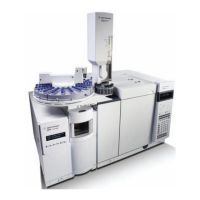
